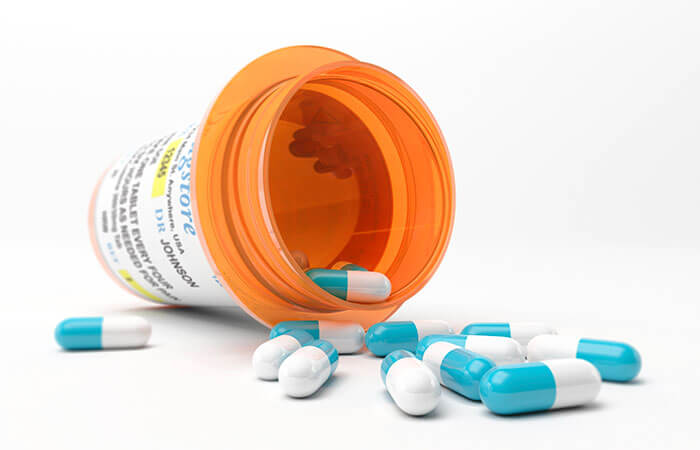Opioid Use Disorder Resources & Buprenorphine Treatment
In order to enhance local opioid treatment services, improve education around opioid use disorder and better meet the needs of Sheboygan and its surrounding communities, HSHS St. Nicholas Hospital in Sheboygan, WI has developed these resources.


Opioid CME learning modules
The following are CME learning modules are for medical professionals.
Opioid learning modules without CME
The following learning modules are for medical professionals and the general public interested in learning more.
Resources
Tips for medication assisted treatment in the emergency department setting, information about opioid use disorder.
This project is funded by a grant from the Substance Abuse and Mental Health Services Administration (SAMHSA) administered by the Wisconsin Department of Health Services, Division of Care and Treatment Services. Click here to learn more about the grant.
For Patients
Medication-assisted treatment
HSHS St. Nicholas Hospital in Sheboygan, Wisconsin offers a medication assisted treatment option, buprenorphine, 24/7 in our emergency department. This allows patients in withdrawal from heroin or pain pills the ability to walk into our hospital and be seen anytime, day or night. Click here to learn about our buprenorphine treatment option for the public.
How to refer
No referral is necessary. If you have a patient who is ready to start their journey toward recovery, they can walk in anytime to the HSHS St. Nicholas Hospital Emergency Department. Thanks to grant funding, HSHS St. Nicholas Hospital’s buprenorphine induction to recovery service is available at no cost to patients without insurance.
Recovery from addiction is possible and you can help! For flyers or posters to help educate patients and the public about this treatment option, contact us.
For Medical Professionals
Resources and education
HSHS St. Nicholas Hospital in Sheboygan, Wisconsin has a variety of educational resources and videos about
opioid use disorder, medication assisted treatment (such as buprenorphine), how to care for patients with opioid use disorder, stigma reduction and more. Check out our library of resources.
Toolkit
HSHS St. Nicholas Hospital developed a toolkit for organizations who are interested in implementing a buprenorphine treatment program like ours in your emergency department. Within the toolkit, you’ll find multi-disciplinary training, process tools, best practices and how to expand access to opioid treatment within your organization.
Learn about what to do when a patient presents to the ED, how to best identify substance use disorder and the steps to start induction of buprenorphine as well as follow through on treatment. The toolkit is also equipped with provider resources, FAQs, ED workflows, EPIC tools and more.
Interested in becoming a buprenorphine prescriber?
Medical providers can prescribe buprenorphine, a type of medication-assisted treatment. The federal government has made it easier to become a buprenorphine waivered provider, and HSHS St. Nicholas Hospital can offer resources and assistance through our grant to help you achieve this status. It can be easy and rewarding to provide medication-assisted treatment. If you are already seeing these patients and referring them to another provider for medication-assisted treatment, you can be the one to provide this much needed lifesaving treatment.
What’s changed? SAMHSA now allows providers to file a notice of intent to prescribe buprenorphine. Filing this notice allows you to obtain your buprenorphine waiver and see up to 30 patients at one time. You can also attend a free training SAMHSA offers to obtain your buprenorphine waiver, 8 hours for physicians and 24 hours for other qualified health professionals.
To get started, visit the SAMHSA website and click on Become a Buprenorphine Waivered Practitioner.
Medication-Assisted Treatment and Buprenorphine FAQ
Sublingual buprenorphine takes 15 minutes to act when held under the tongue and peaks in one hour.
Buprenorphine is a medication, prescribed by physicians and taken under supervision. It is a safe and effective medication for treating opiate dependency and substance use disorder.
Treatment with buprenorphine and methadone, both opioid agonists, is effective in reducing withdrawal symptoms, cravings, HIV transmission and other infectious diseases, interactions with the judicial system, as well as improving social relationships and becoming functional members of society.
